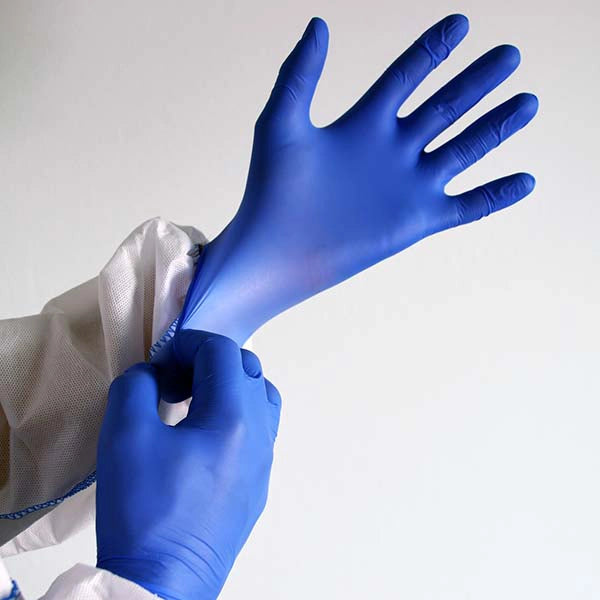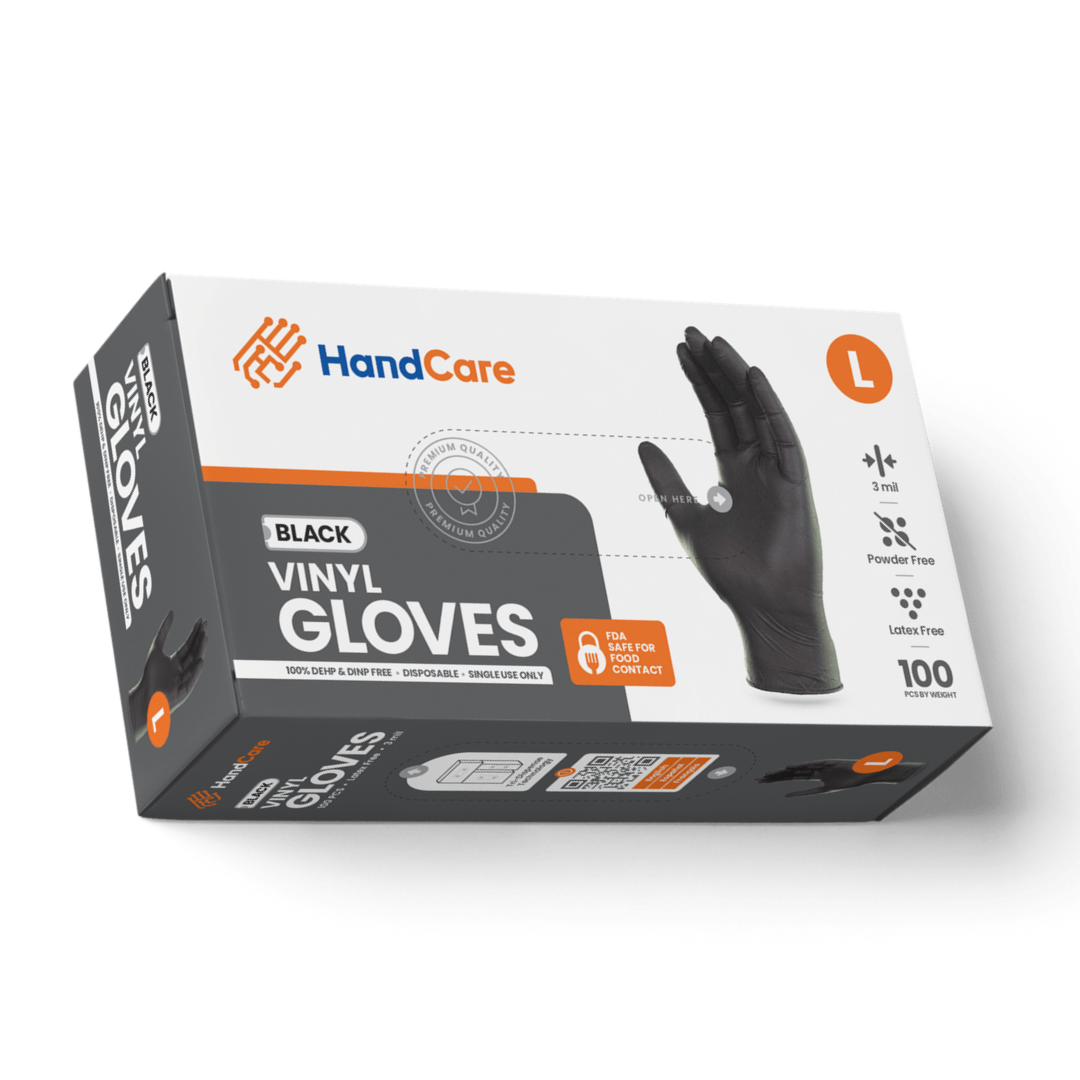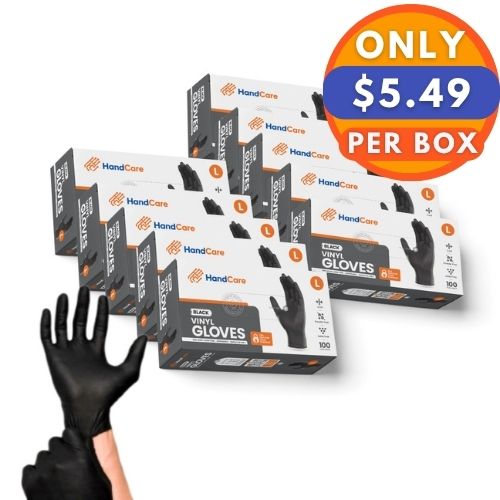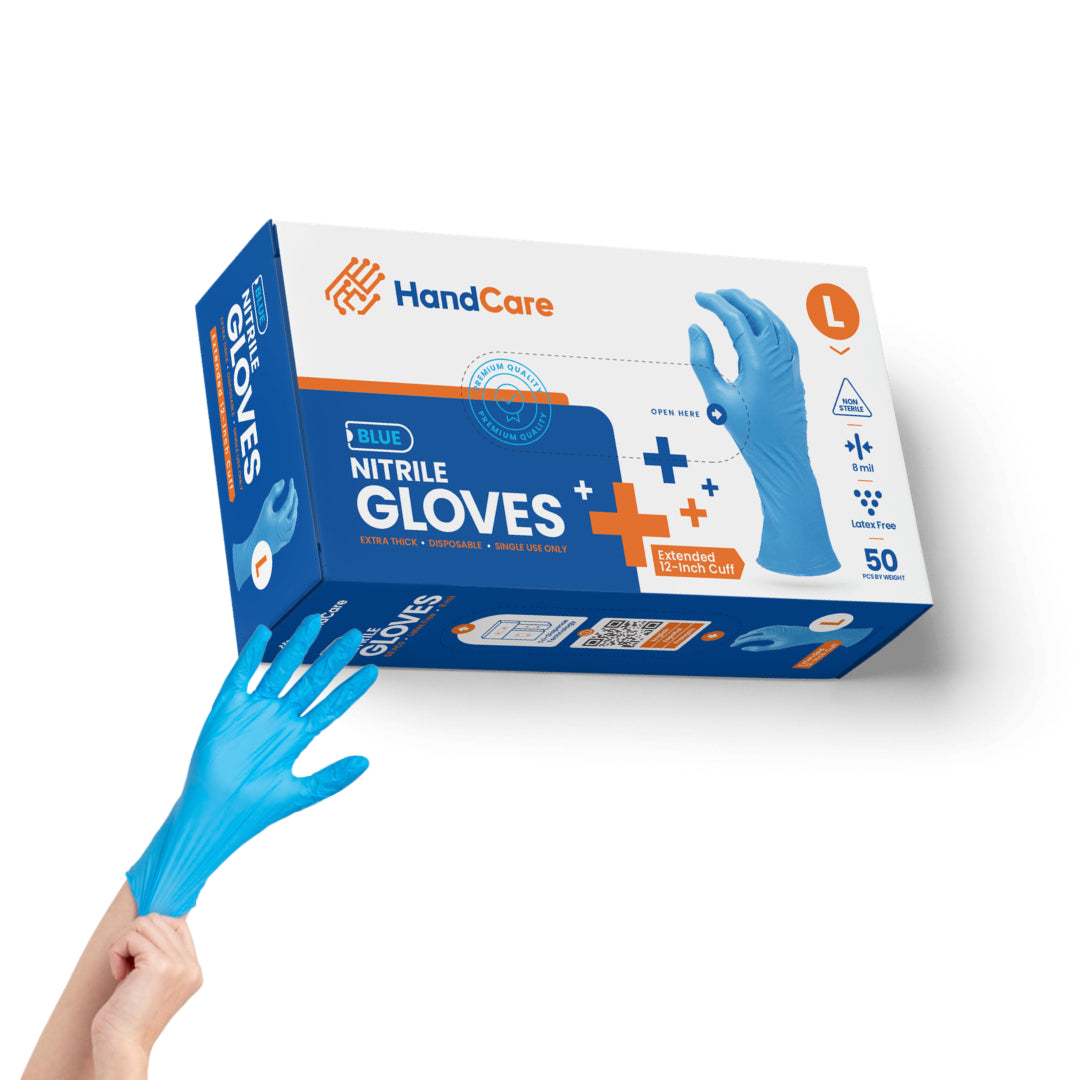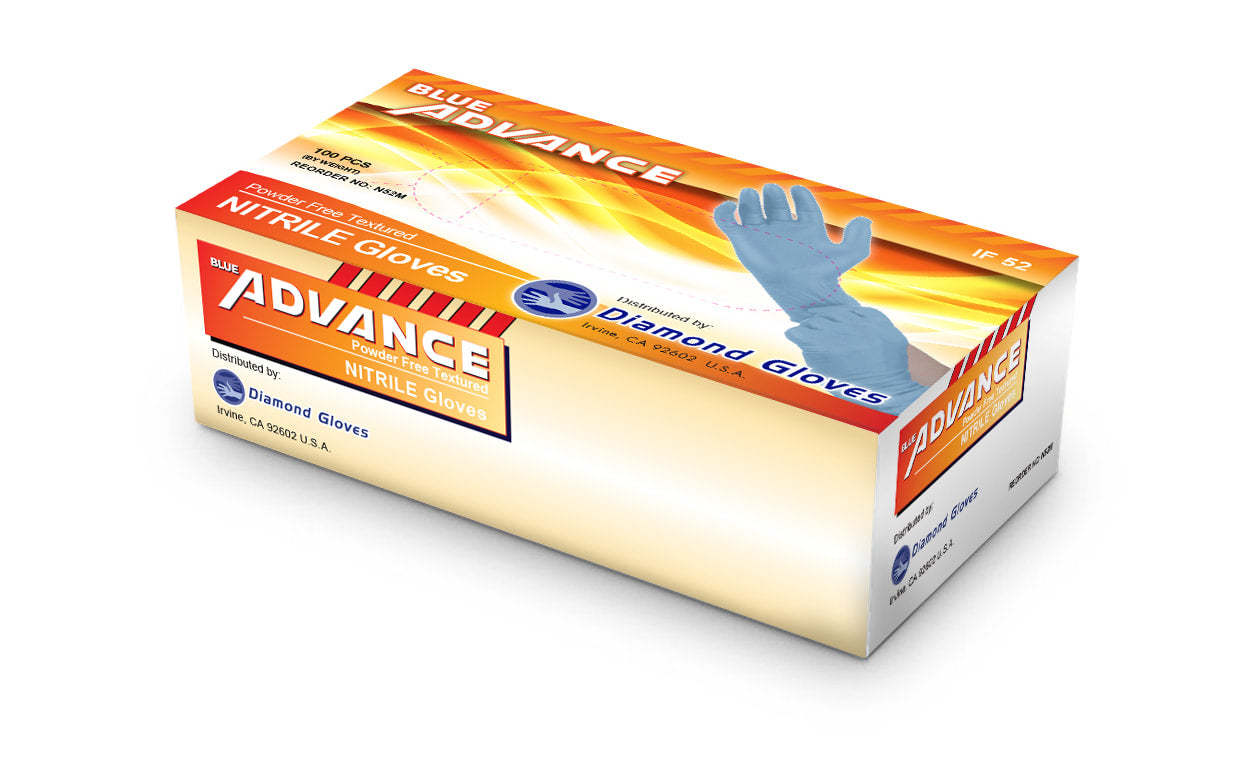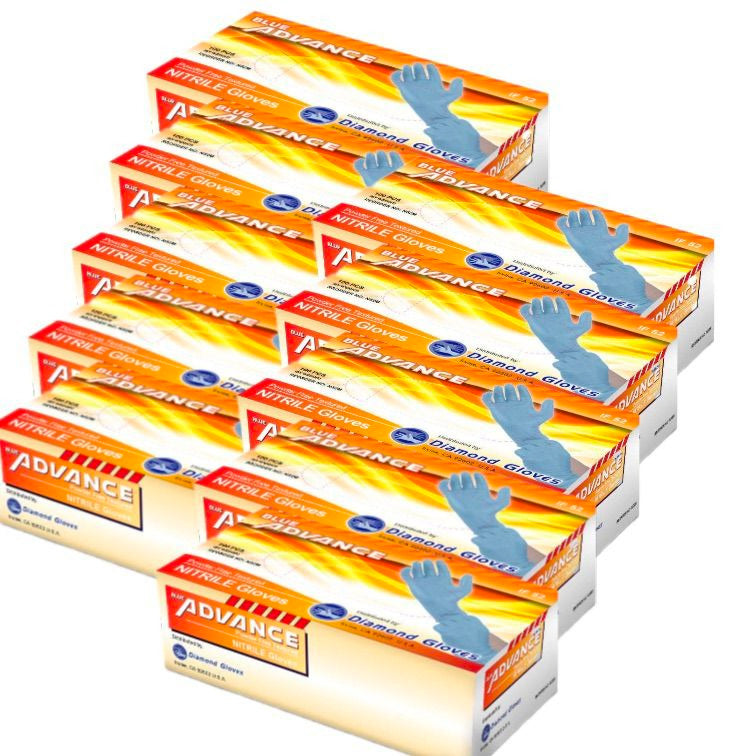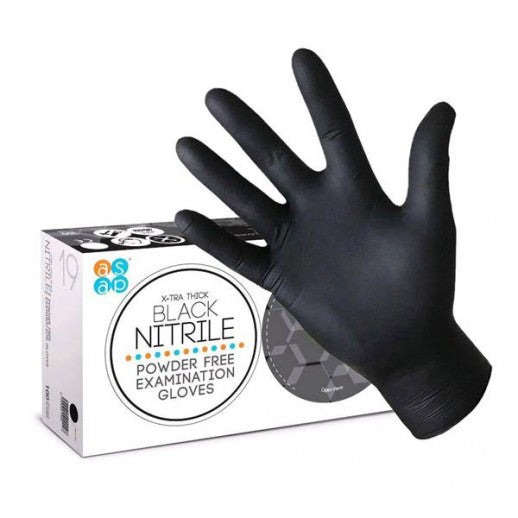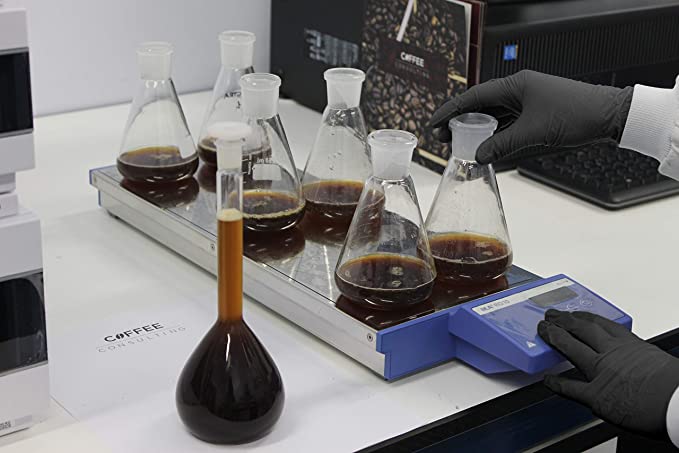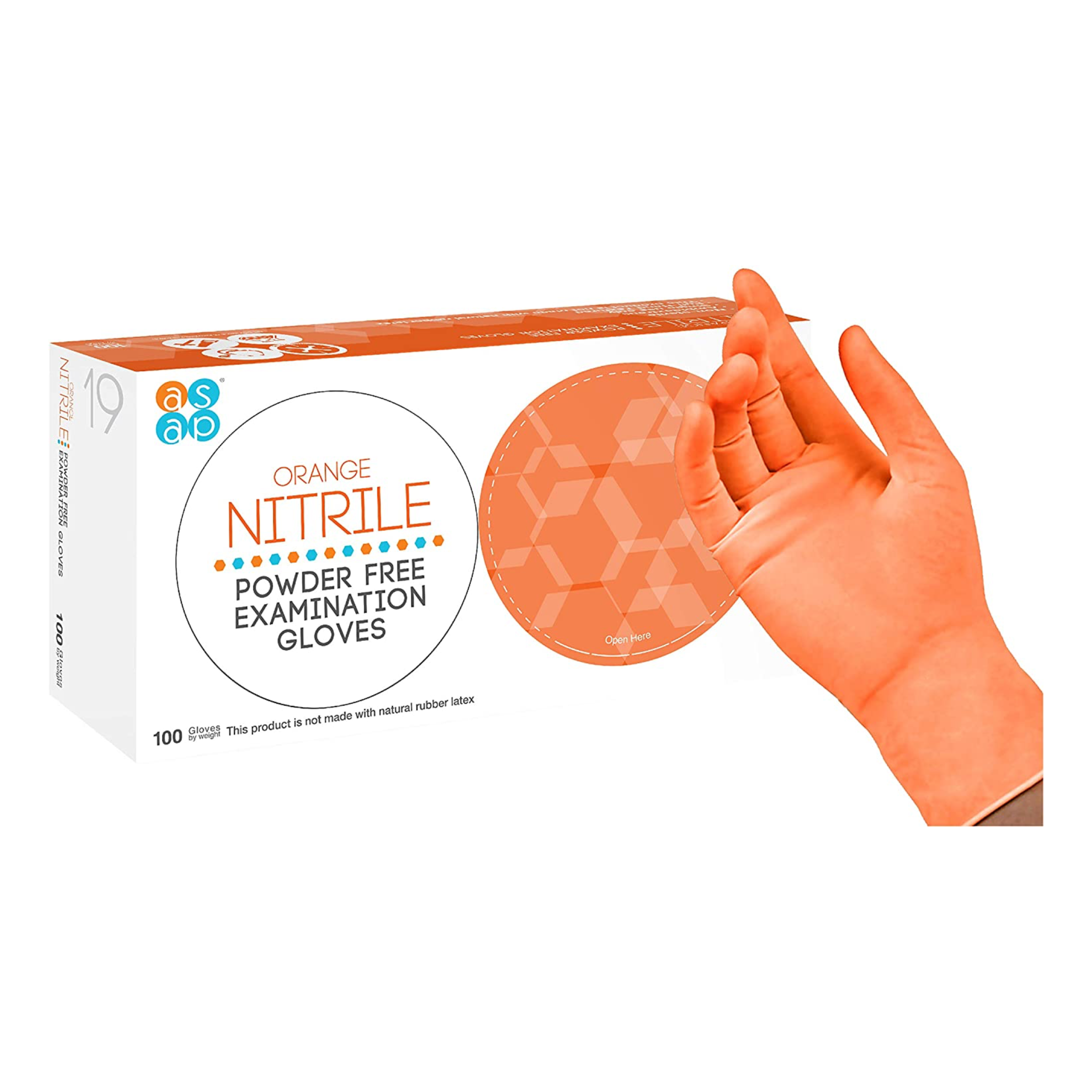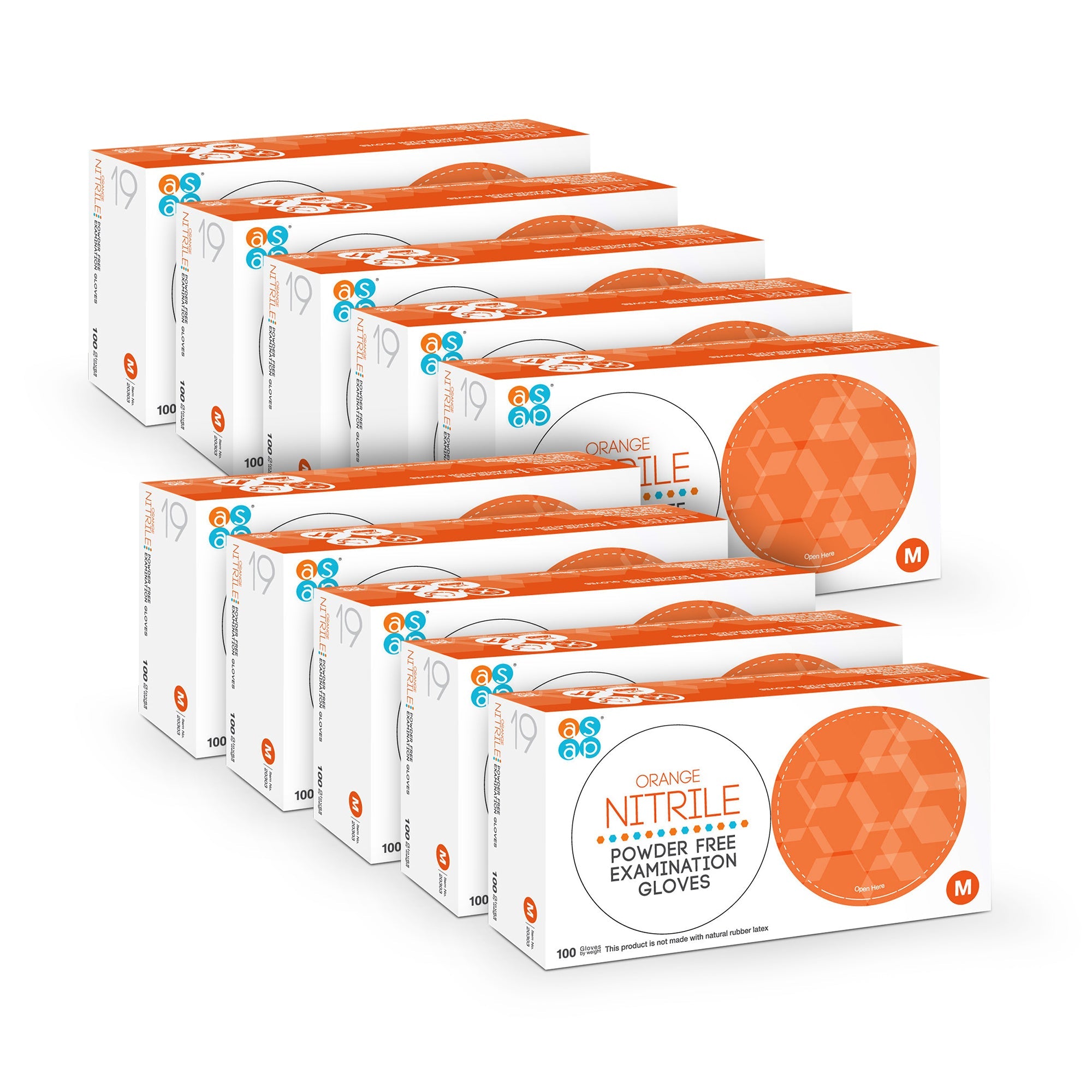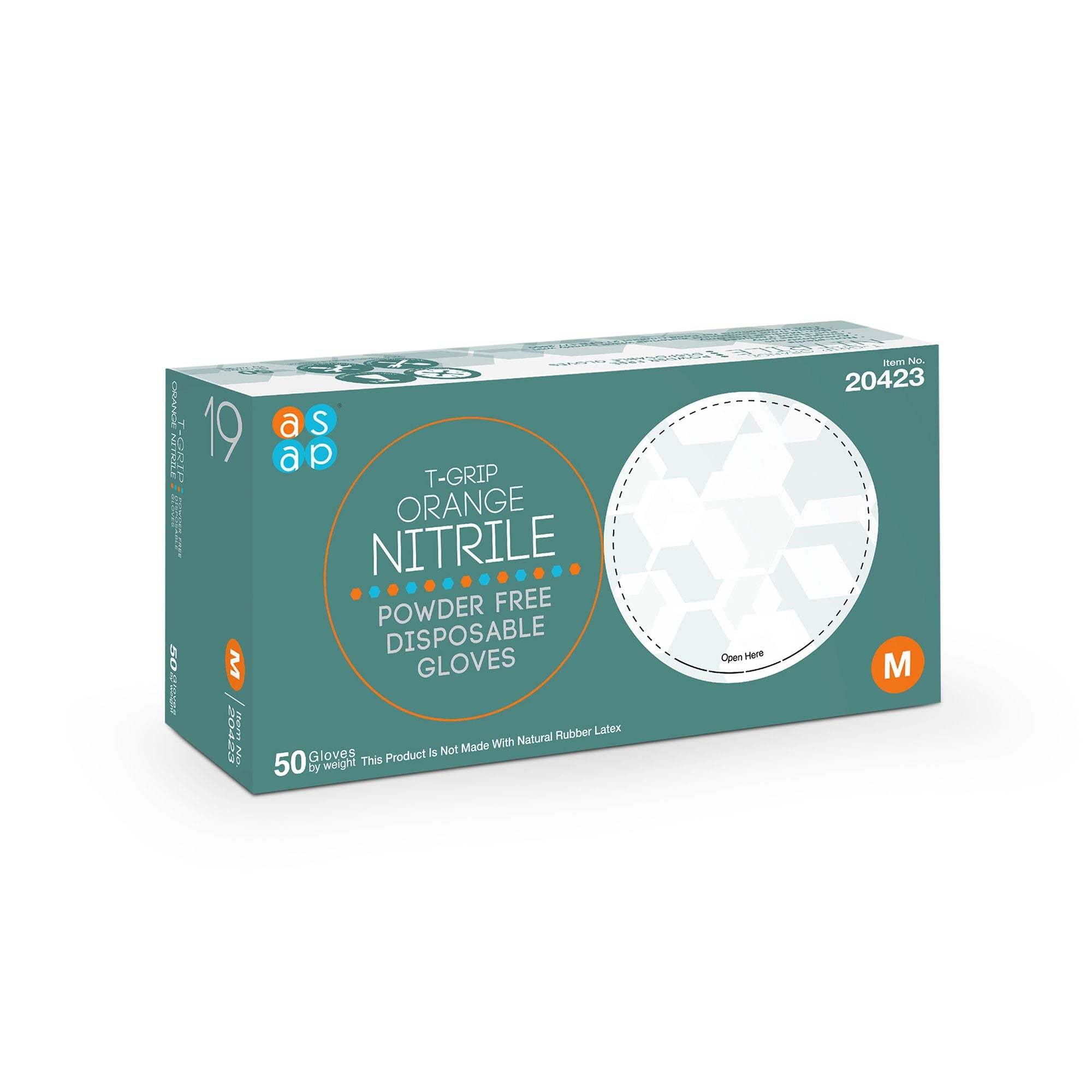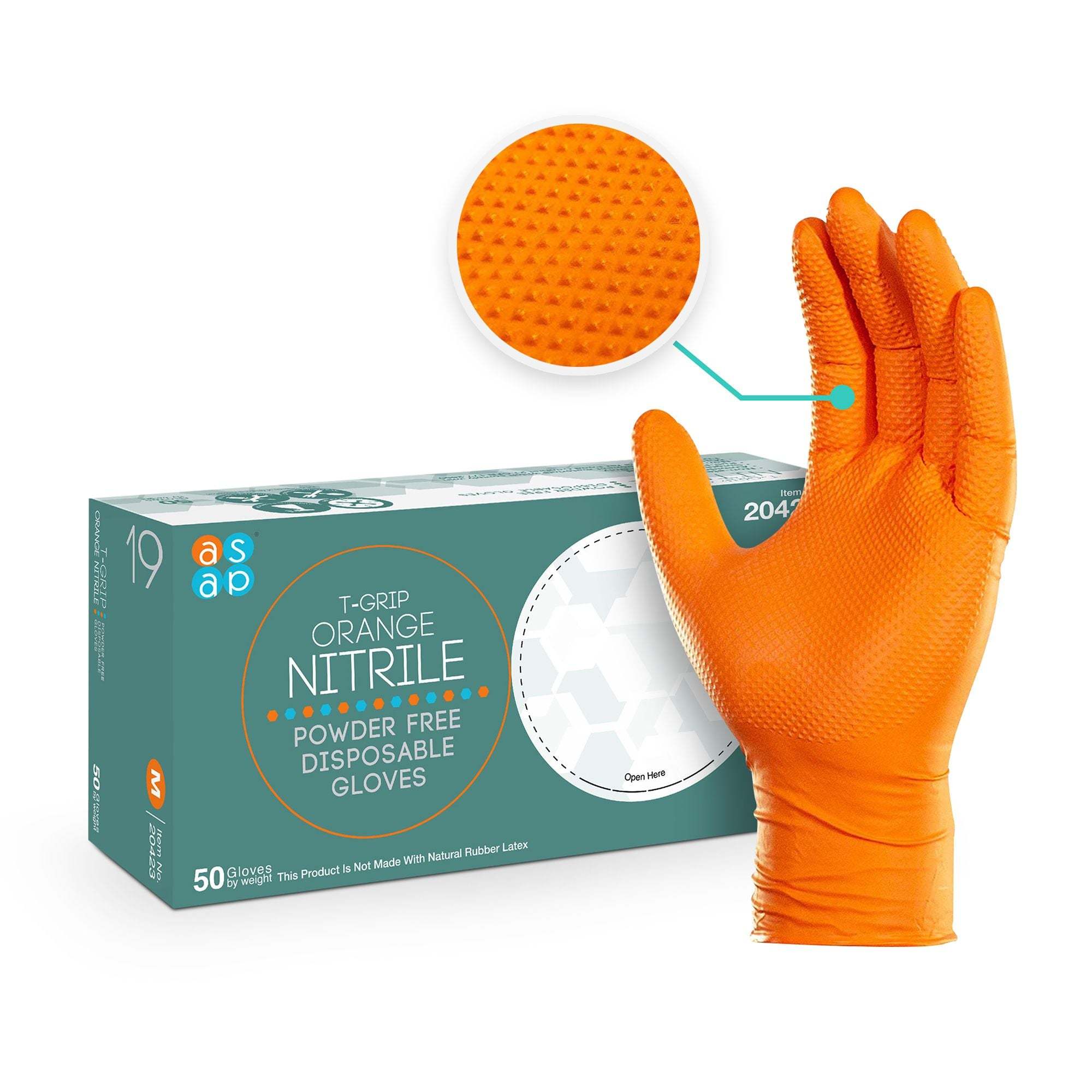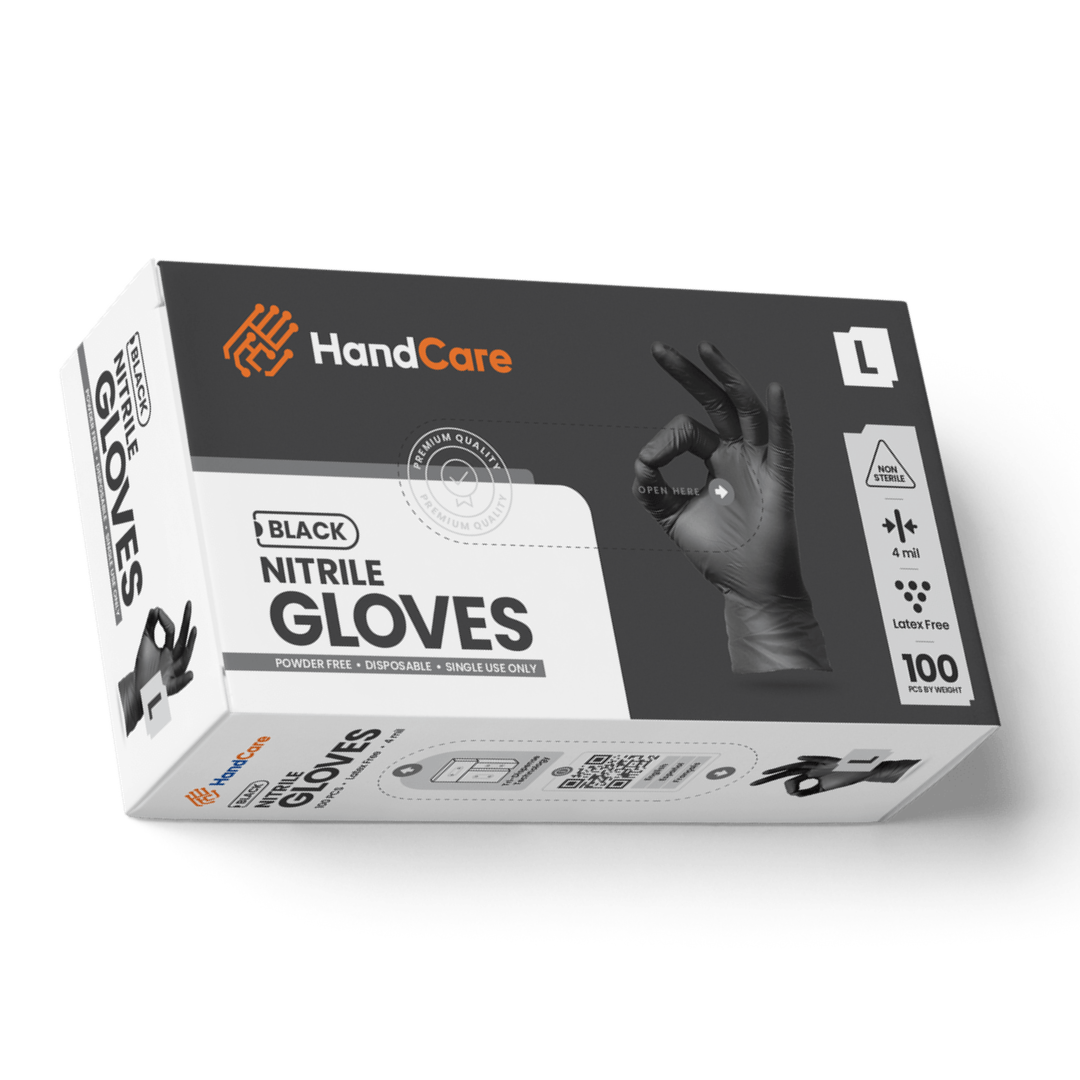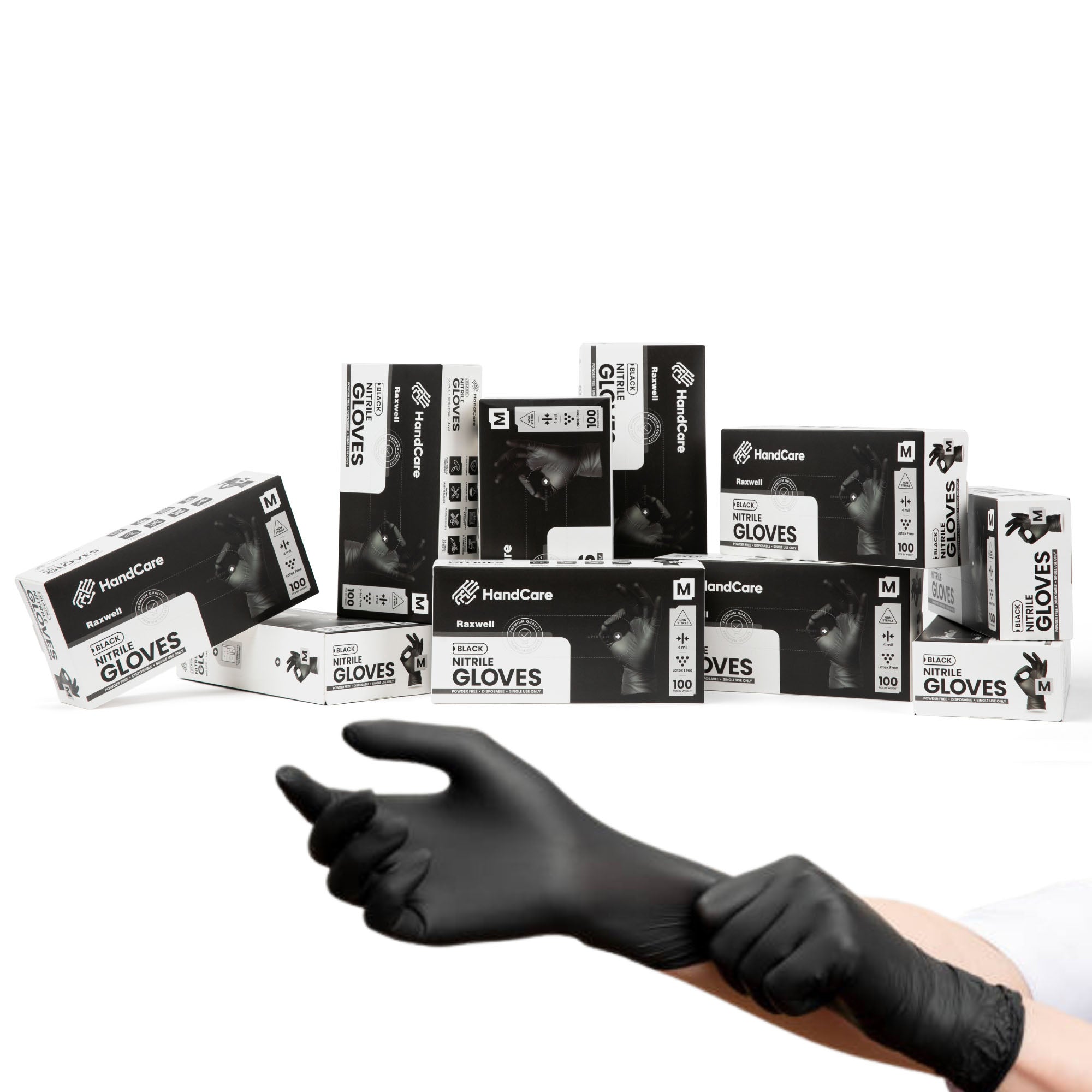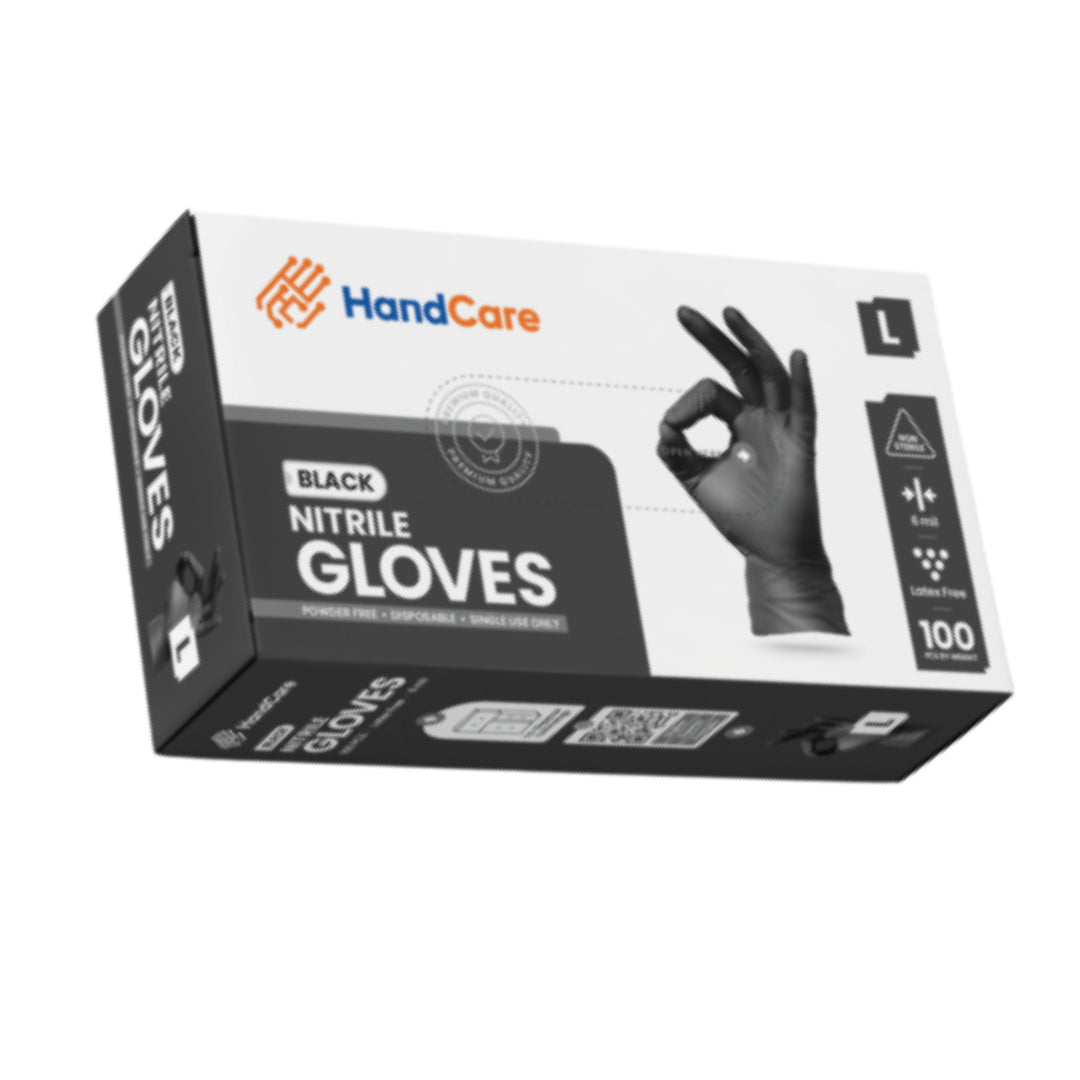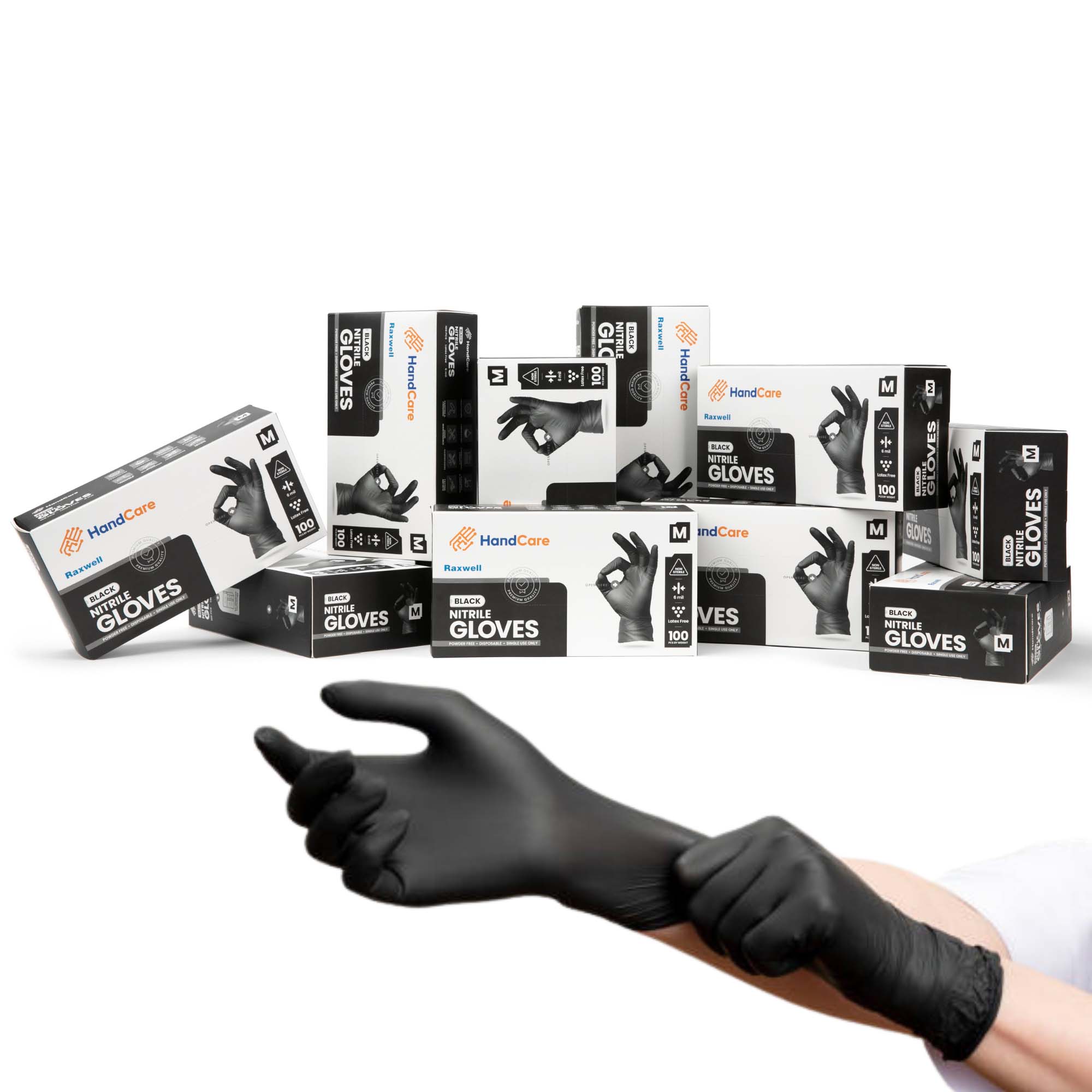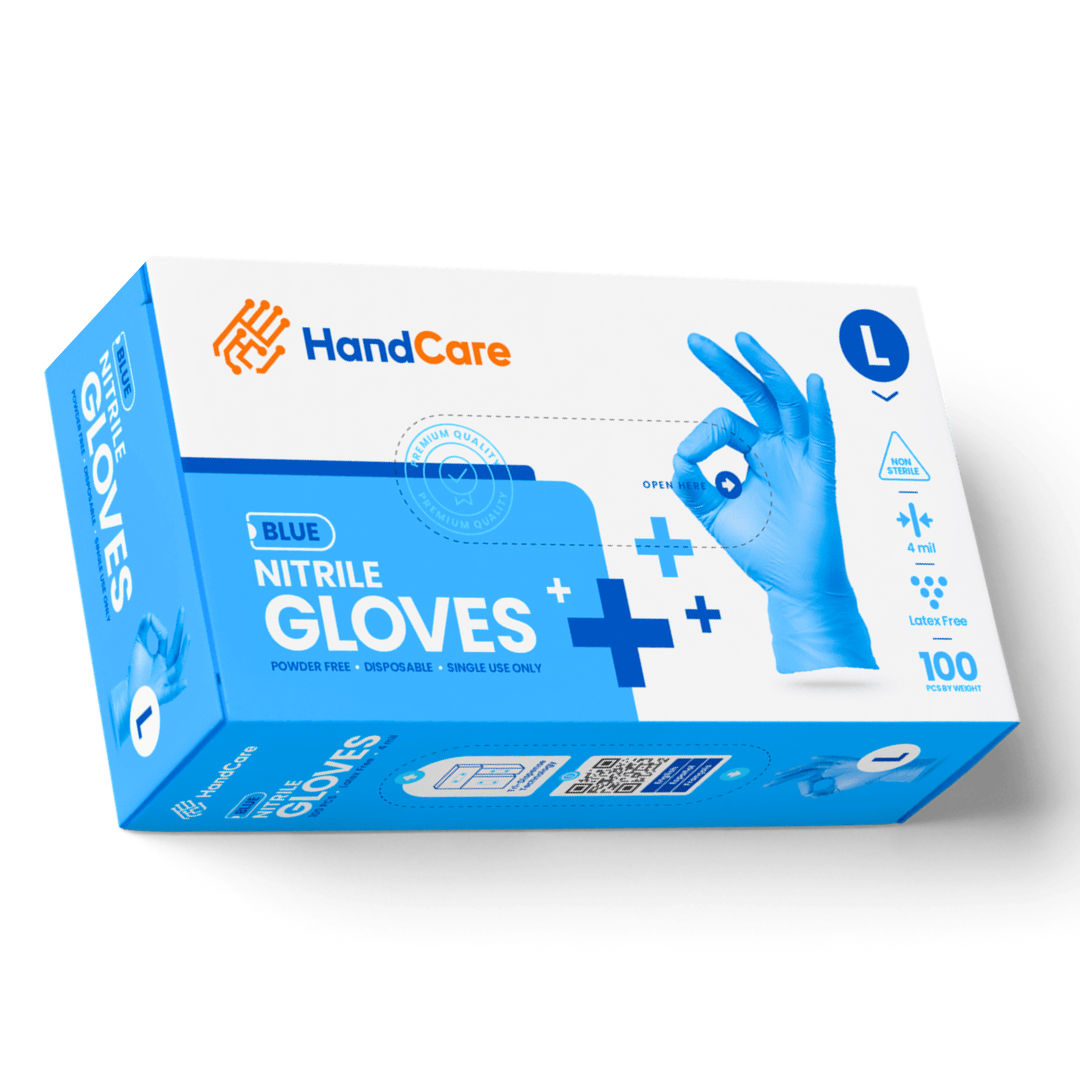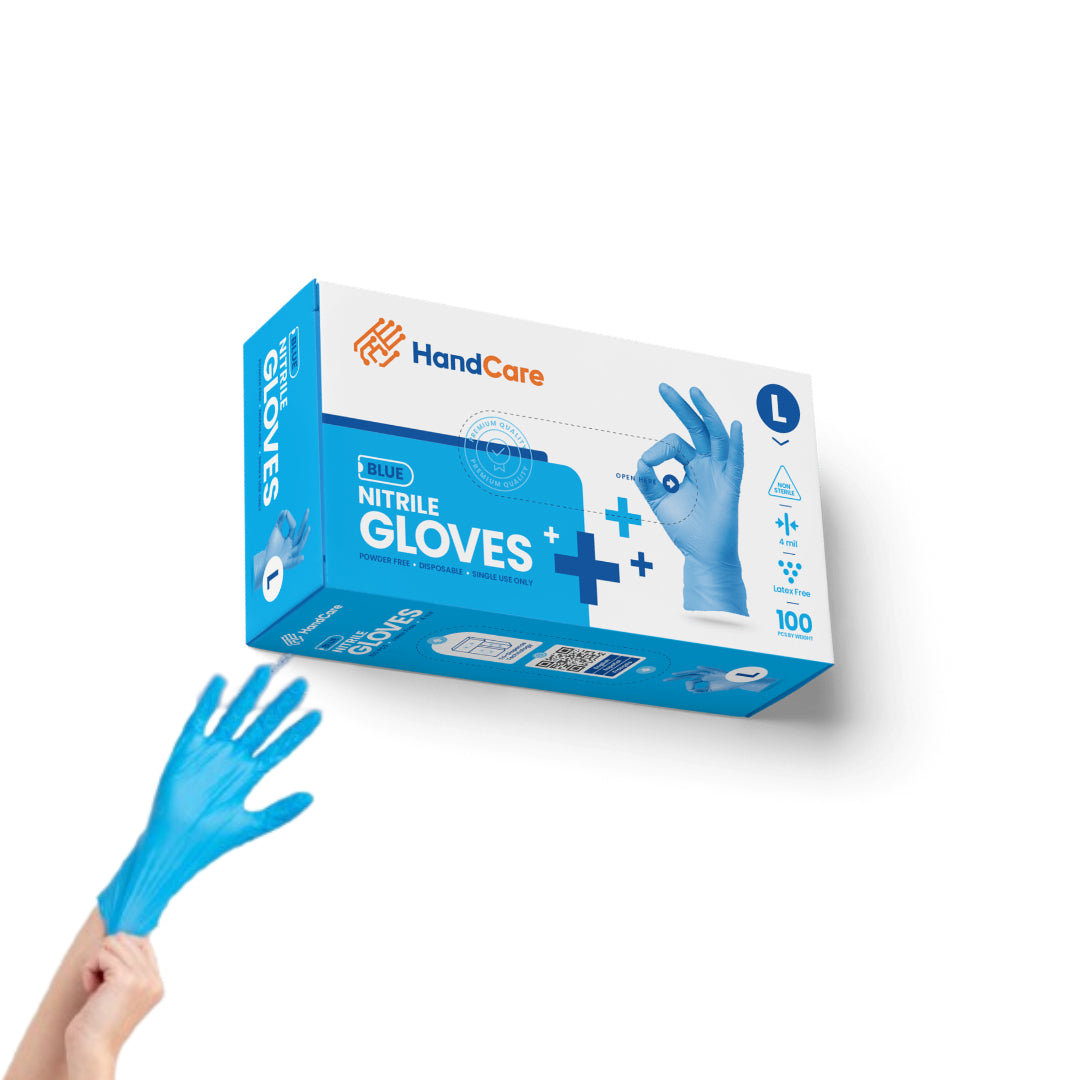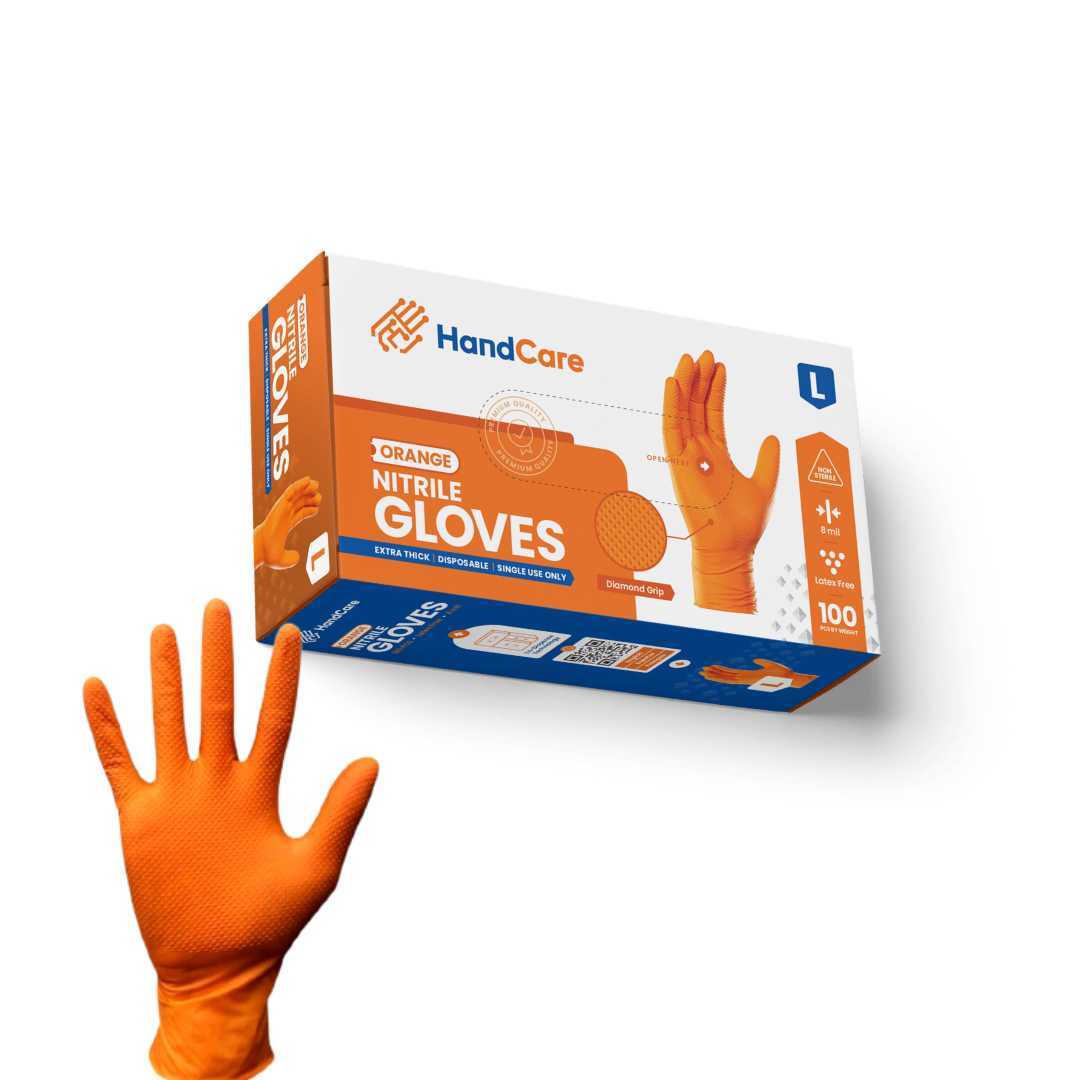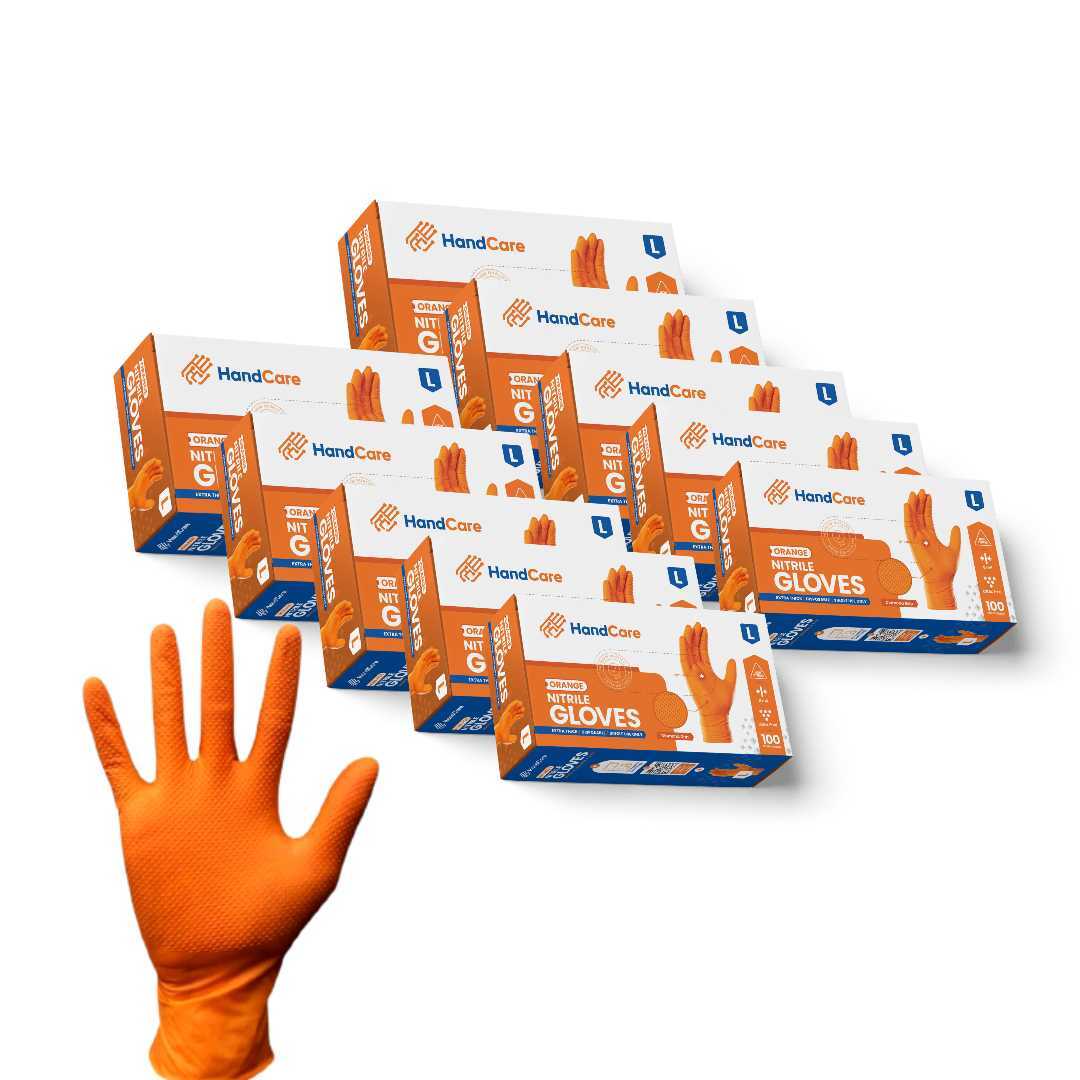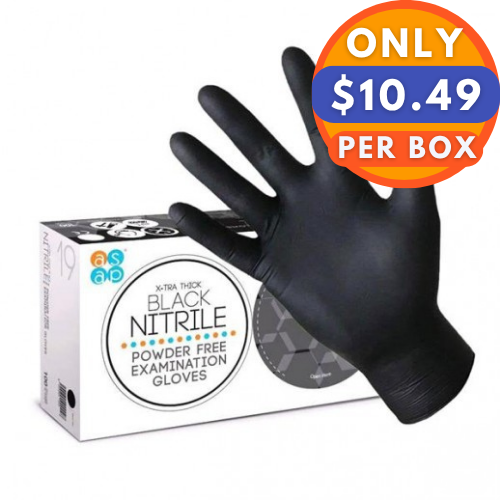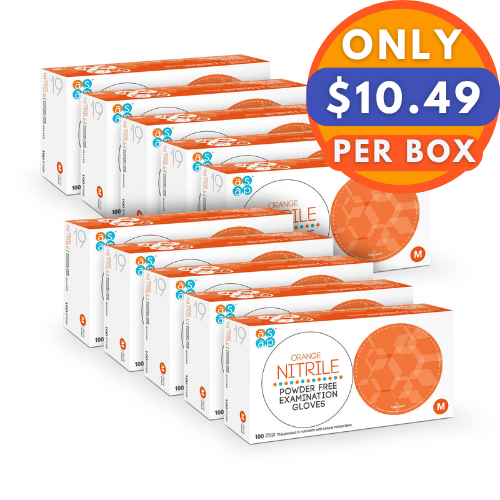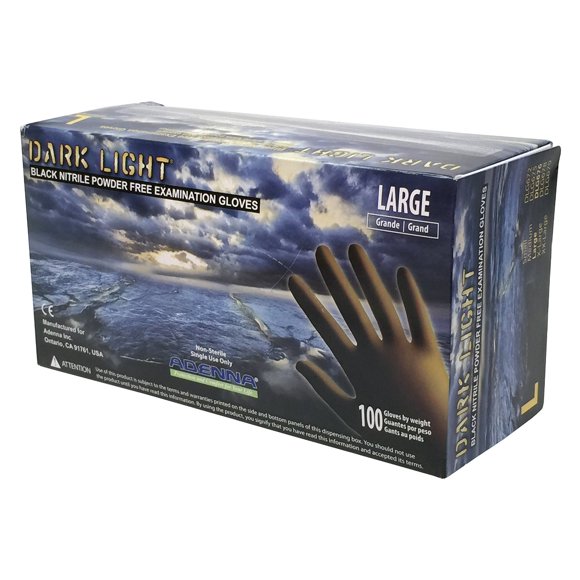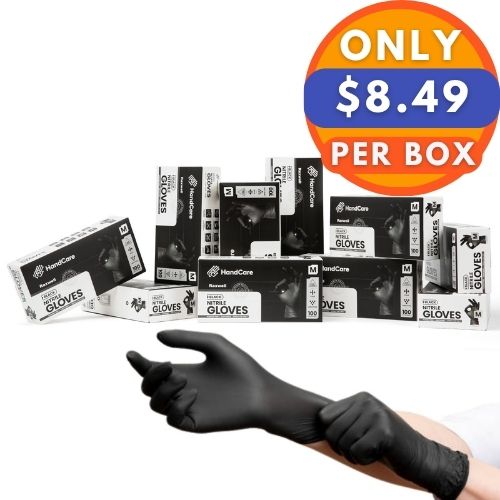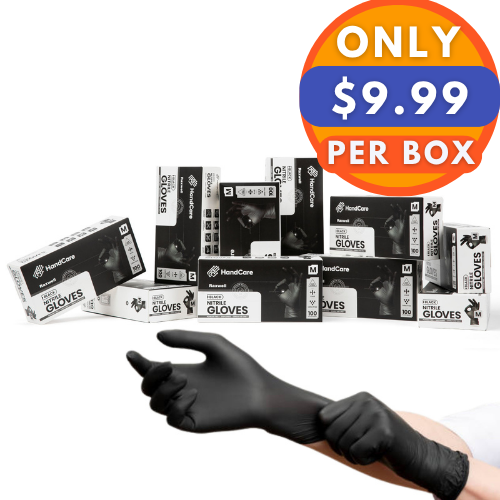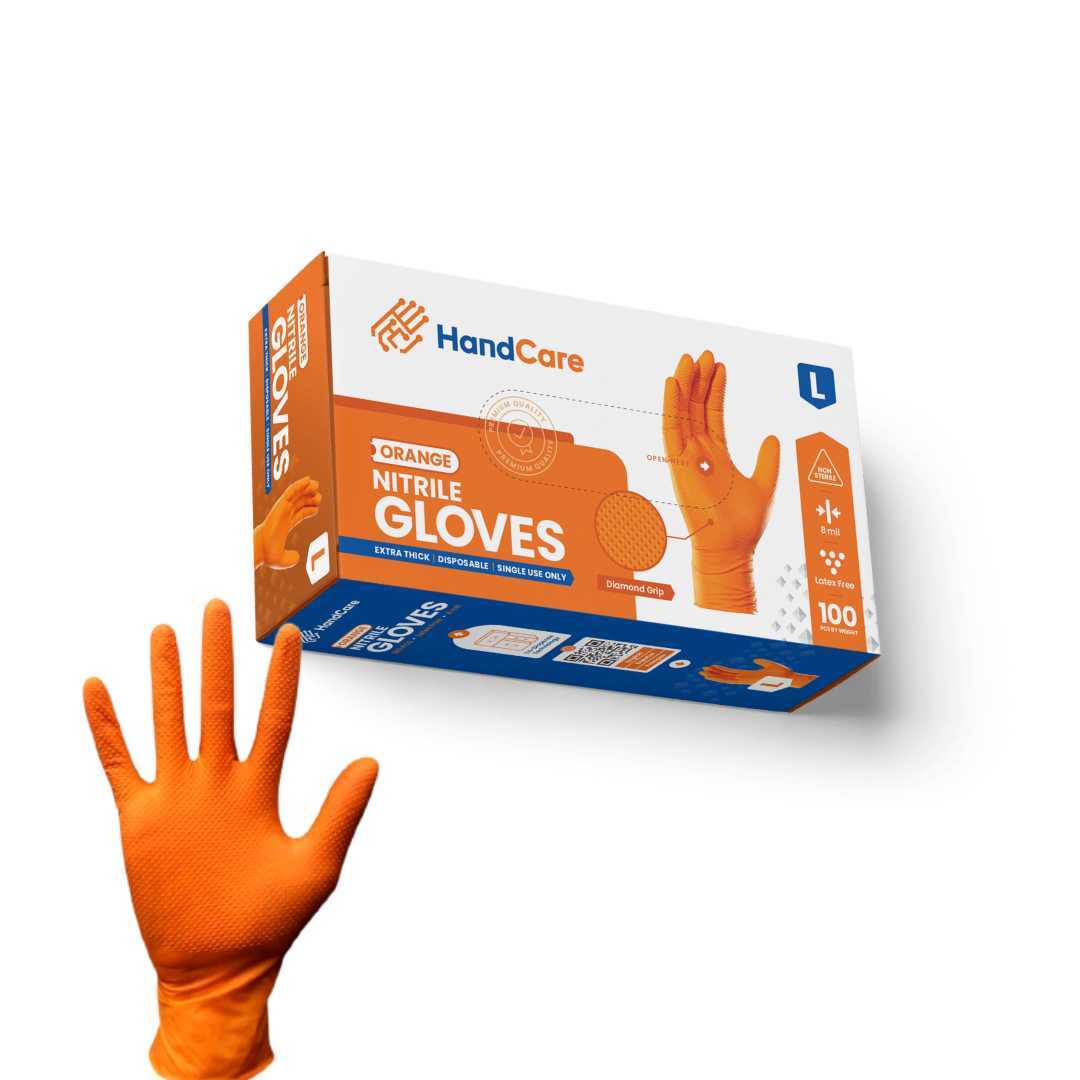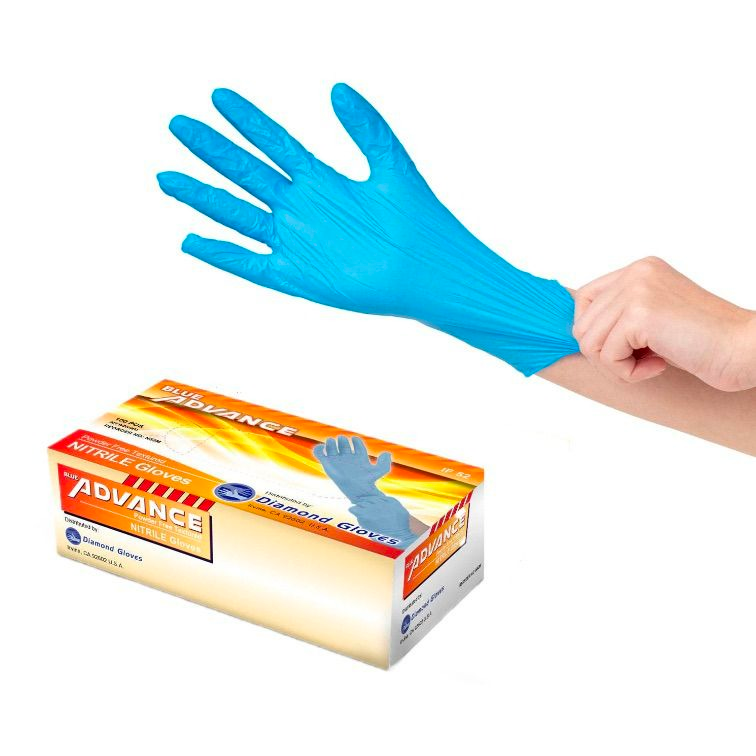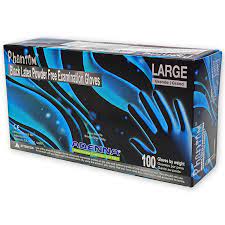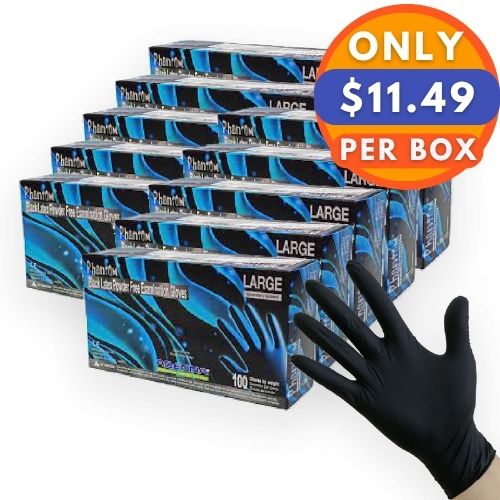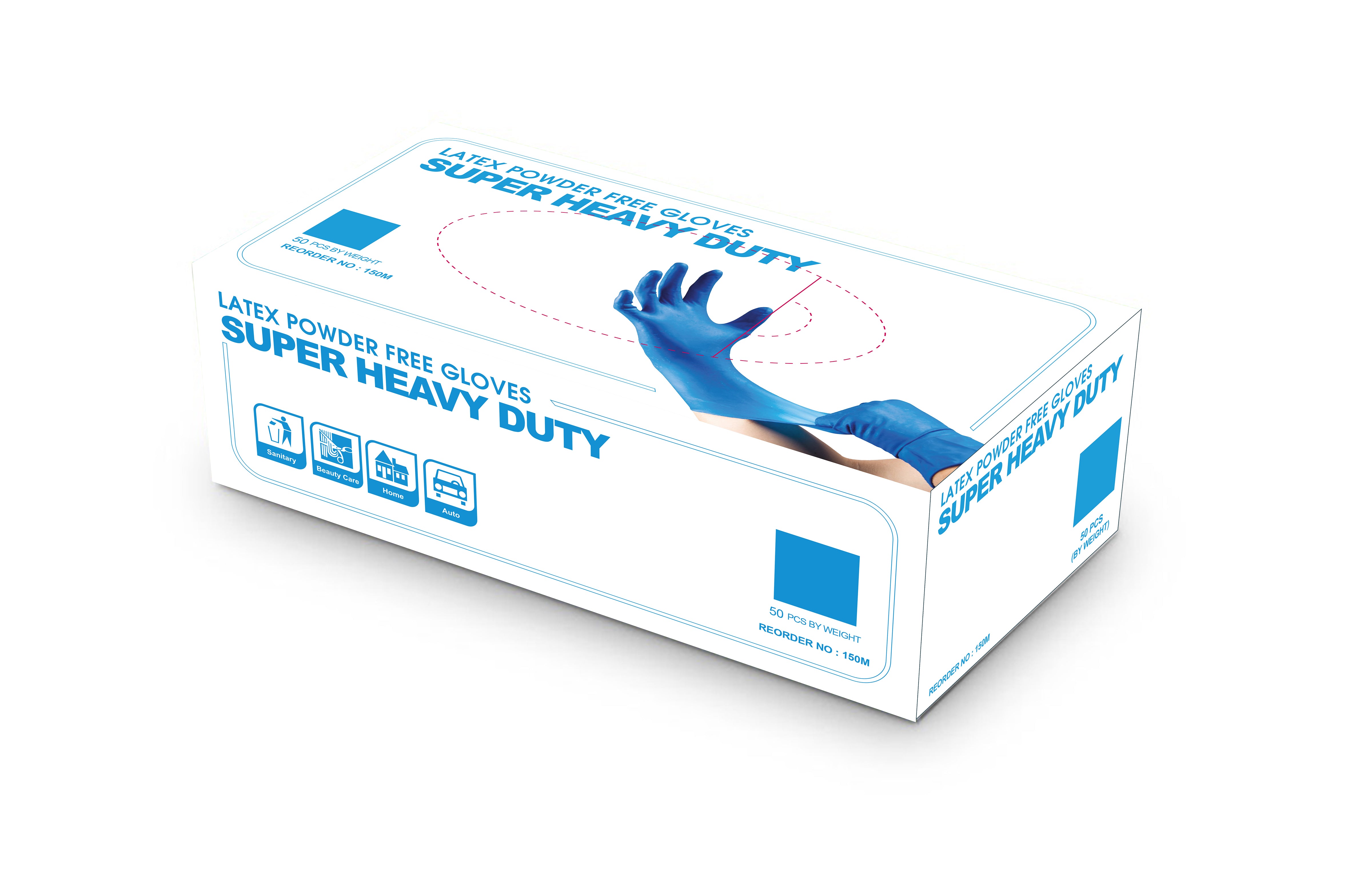Latex-Free Gloves
Latex-Free Gloves Best Options
After trying many different type of gloves from amazon, finally found ones with good fit and quality. Would recommend!
Good size, not too tight, not too loose. Strong material, don’t rip like others I’ve used. Recommend
These gloves are thicker and well made. They fit snug, which I like. Met my expectations and would recommend.
When it comes to hand protection, latex-free gloves have become an essential choice for individuals who need to avoid the risk of allergic reactions associated with natural rubber latex. Whether you’re in the medical field, food service industry, or handling chemicals, finding the right pair of gloves that not only provides comfort but also ensures safety from allergens is crucial.
Latex-free gloves are designed to meet these needs, offering durable and versatile options made from alternative materials like nitrile, neoprene, vinyl, and PVC.
What Is a Latex Free Glove
A latex-free glove is a glove made without natural rubber latex, which is often used in regular gloves. These gloves are designed for individuals who may have allergic reactions to the proteins found in latex.
What Are Latex Free Gloves Made Of
Latex-free gloves are usually made from alternative materials like nitrile, neoprene, vinyl, or PVC. Nitrile is a synthetic rubber known for its durability and resistance to chemicals and punctures, while neoprene provides flexibility and strength. PVC and vinyl are other commonly used materials that do not contain latex and are suitable for those with latex allergies.
What Gloves Can You Use If You're Allergic To Latex
If you’re allergic to latex, you should use gloves made from materials like nitrile, neoprene, vinyl, or PVC. These materials are free from latex and will not cause allergic reactions.
Why Are Latex Free Gloves Better
Latex-free gloves are better for individuals with latex allergies as they prevent allergic reactions. Additionally, materials like nitrile offer enhanced durability and resistance to chemicals, making them suitable for various industries.
Are Latex Gloves Powder Free
Not all latex gloves are powder-free, though many are. The powder, historically used to make gloves easier to put on, has been linked to respiratory issues and allergic reactions, prompting a shift toward powder-free latex gloves.
Are Nitrile Gloves Latex Free
Yes, nitrile gloves are latex-free. Made from synthetic rubber, they are an excellent choice for those with latex sensitivities, offering both comfort and protection.
Are Neoprene Gloves Latex Free
Yes, neoprene gloves are latex-free. They are made from synthetic rubber and provide a reliable alternative for people with latex allergies.
Are PVC Gloves Latex Free
Yes, PVC gloves do not contain latex. They are a good option for people who are allergic to latex and are also resistant to chemicals.
Are Blue Gloves Latex Free
The color of the glove doesn’t necessarily indicate whether it’s latex-free. However, many blue gloves, especially nitrile gloves, are latex-free. Always check the material to confirm.
Where to Buy Latex-Free Gloves
You can buy latex-free gloves from gloves.com, which offers a wide variety of latex-free options, including nitrile, vinyl, and neoprene gloves.
Additionally, they are currently offering 50% off on their latex-free glove selections.
Frequently Asked Questions
Keep up-to-date with our guides and find the best glove options for your industry
Guides to help you choose

Best Gloves For Pesticides

Is There A Natural Latex


